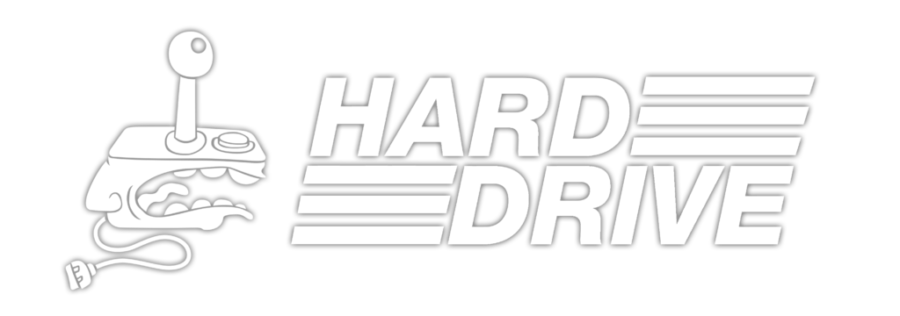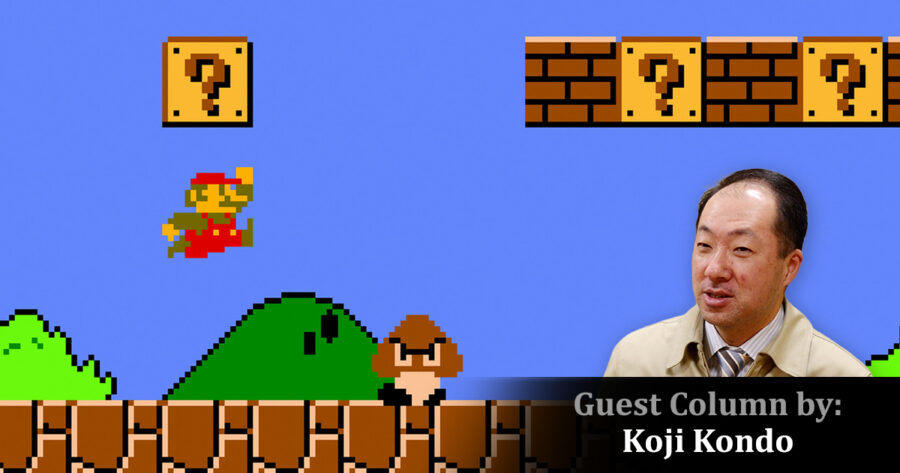I’ve had a long career as a composer for Nintendo. I’m responsible for the music behind some of the company’s most beloved franchises, including Super Mario, The Legend of Zelda, Star Fox, and more. Some people may think that my job is trivial, or that any amateur could write a catchy, looping jingle to play alongside a level in a video game. However, my 36 years of experience composing music for games has taught me many crucial skills; the most important of them all, without a doubt, is knowing when to bleep and when to bloop.
Melody and counter-melody, motif and leitmotif, rhythm and tempo. These are all important pairs that one must be well acquainted with to compose a great song. But I’ve found that the discourse surrounding the equally important concepts of bleep and bloop is troublingly scarce. Of course, this is not surprising – bleep and bloop are fairly new music theory concepts only as old as the study of game music composition itself. That is why I am eager to share my knowledge to help educate aspiring game music composers and advance the music community’s understanding of bleep and bloop as a whole.
The biggest mistake amateur composers make is assuming that bleep and bloop are interchangeable. This is patently false. It’s like saying that a piccolo and contrabassoon are interchangeable. Bleeps are whimsical and jubilant; they are the sound of Mario hopping through World 1–1, of Link entering Kakariko Village for the first time, or of Fox McCloud flying through Corneria at full speed. Bloops are sullen and moody; they are the sound of Mario creeping through Bowser’s Castle, or of Link being transformed into a rabbit in the Shadow World, or of Slippy Toad crashing his Arwing into molten lava. Bleep and bloop each have their time and place in a game’s score. During my first job composing the music for Punch-Out!!, I originally wrote the Fight Theme with bloops instead of bleeps. What a fool I was back then.
Of course, the nuances of when to bleep and when to bloop could not be completely explained in one column, but I hope my thoughts here have increased your awareness about the differences between the two. And don’t even get me started on when to Blip. It would take me at least three more columns to explain that.
Check out the newest episode of the Hard Drive podcast where we watch and discuss every episode of 1989’s The Super Mario Bros. Super Show!


